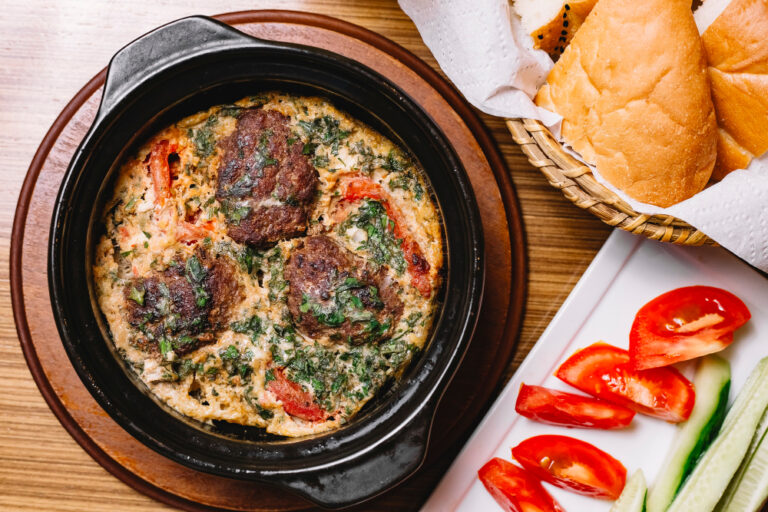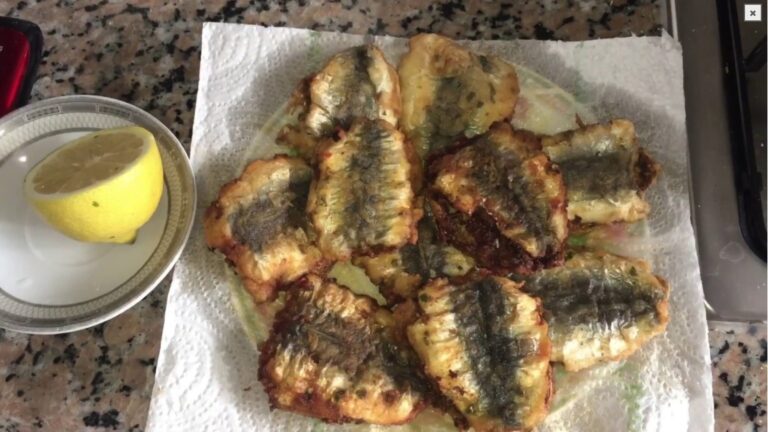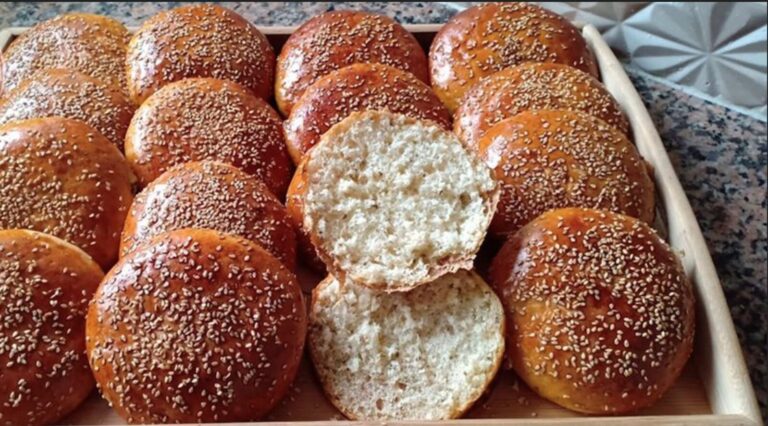
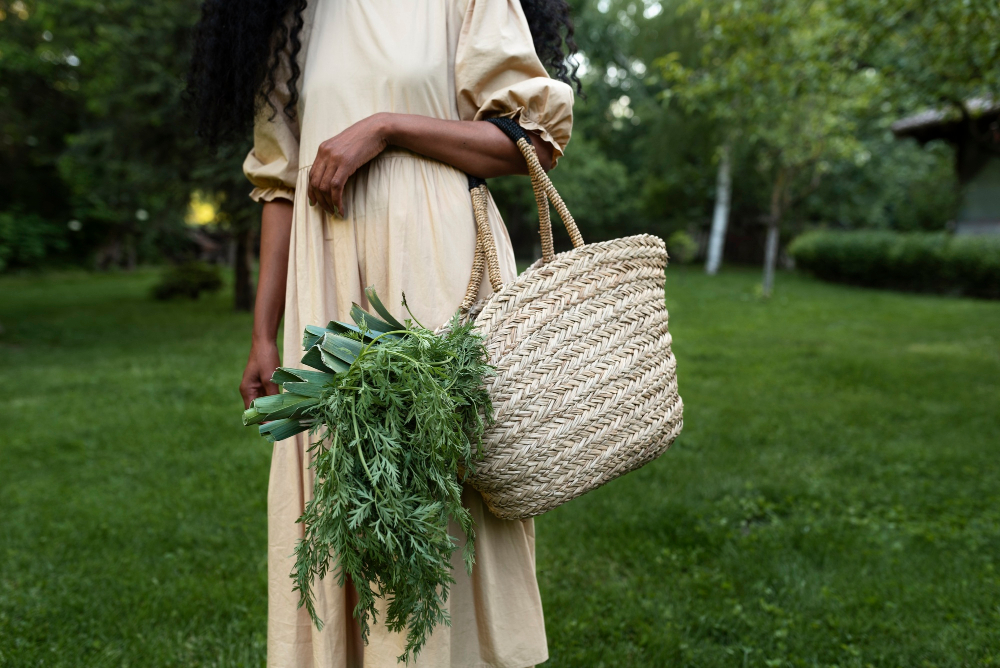
In the heart of Morocco’s sunlit landscapes, where palms sway gently under golden skies, a centuries-old craft continues to thrive — the handmade palm basket. Deeply rooted in local culture and sustainability, this traditional art form reflects Morocco’s connection to nature and community.
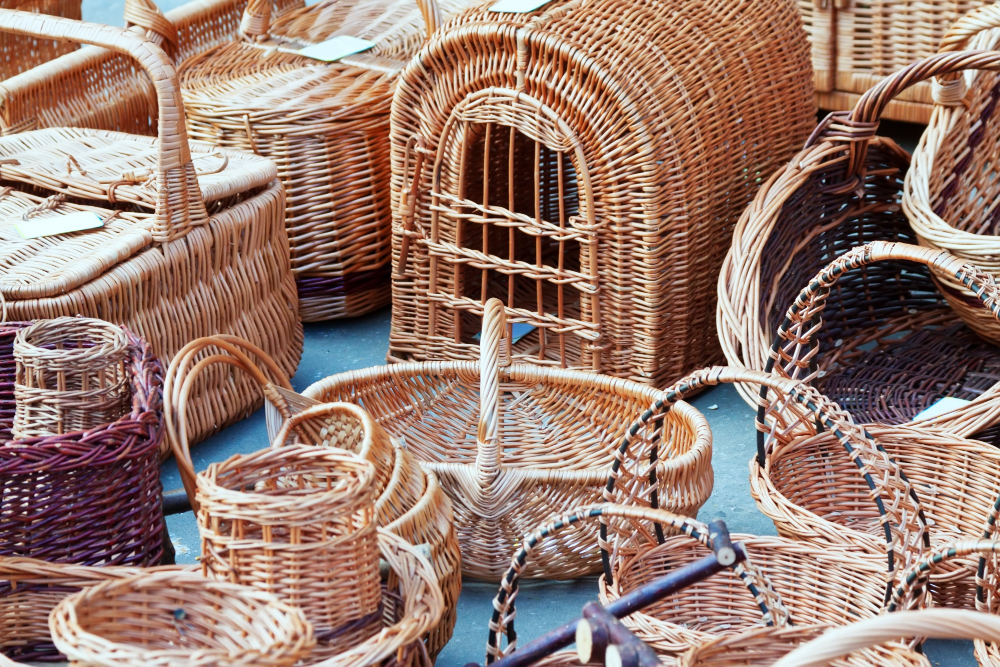
The Roots of Tradition Morocco: Handmade Palm Basket story isn’t just about weaving; it’s about identity, patience, and preservation. From bustling souks to quiet desert villages, these baskets embody the craftsmanship and creativity of Moroccan artisans who transform simple palm leaves into functional beauty.
Whether you’re a traveler seeking authentic souvenirs or an admirer of cultural heritage, this timeless Moroccan craft invites you to witness tradition woven by hand.
The Origins of Moroccan Palm Basket Weaving
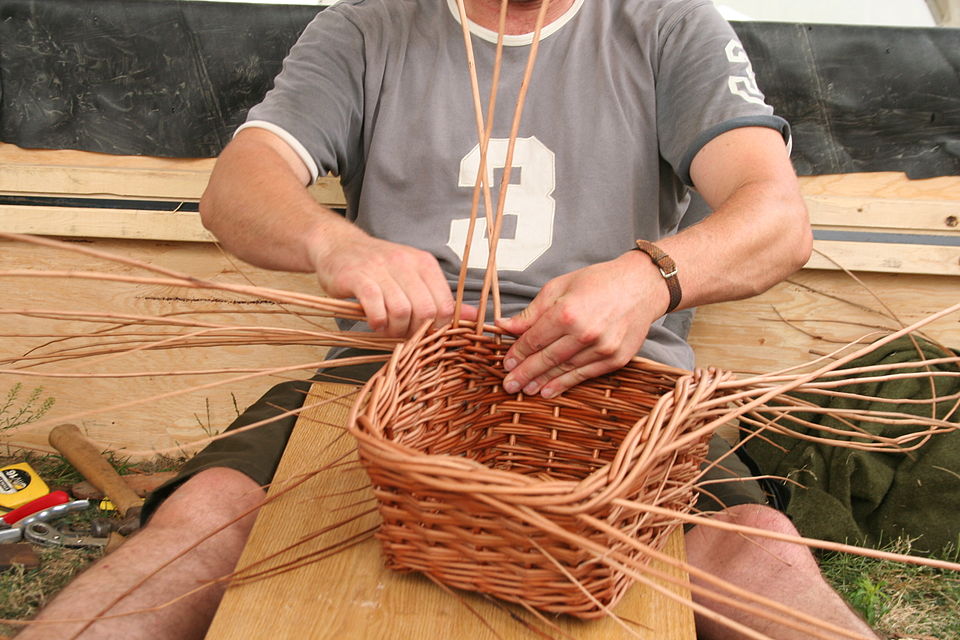
Morocco’s palm basket weaving tradition dates back hundreds of years, influenced by the country’s vast oases and desert ecosystems. Artisans, often women, use palm fronds (known locally as doum) to create durable baskets, trays, and decorative items.
The process begins with harvesting palm leaves, drying them under the sun, then softening and splitting them into strips. Each region, from Marrakech to Erfoud, brings its own signature touch—colorful threads, dyed accents, or intricate geometric patterns inspired by Berber art (source).
In many rural communities, basket weaving was historically a communal activity. It wasn’t merely about producing goods; it was about storytelling, unity, and passing down techniques from generation to generation.
Must-See Experiences for Basket Lovers in Morocco
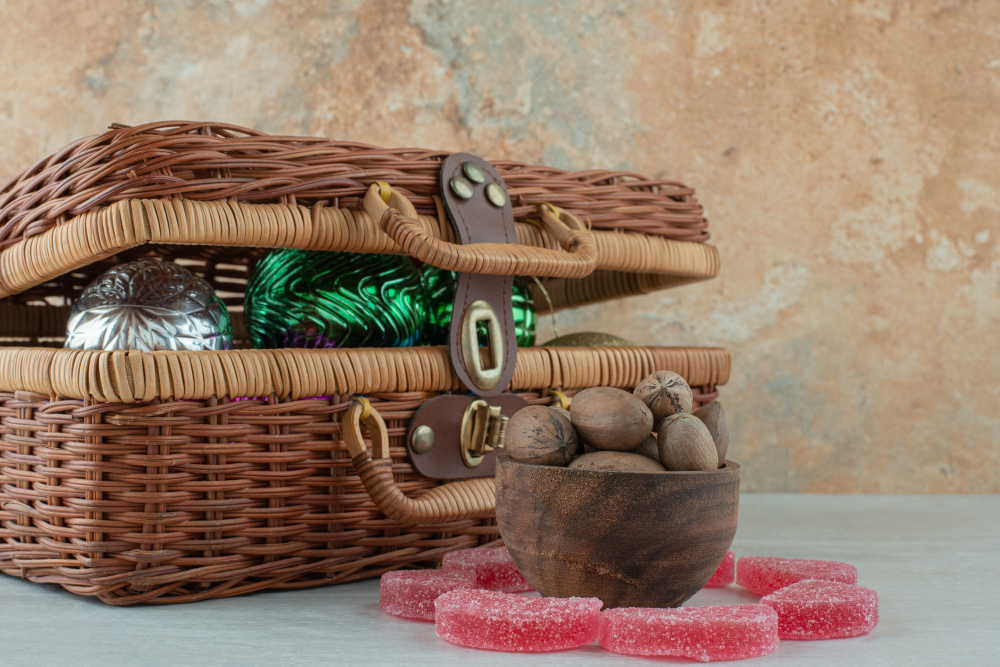
If you’re passionate about traditional craftsmanship, Morocco offers several destinations where you can experience the handmade palm basket heritage firsthand.
1. Marrakech’s Souks
The souks of Marrakech are a kaleidoscope of color, sound, and creativity. You’ll find rows of vendors selling woven baskets in every shape imaginable — from shopping totes to decorative trays. Watching artisans at work here is an unforgettable cultural moment.
2. Tiznit and the Southern Villages
In the south, particularly around Tiznit and the Anti-Atlas villages, basket weaving remains a vital source of livelihood. Here, you can visit cooperatives where artisans craft baskets entirely by hand using age-old methods. These places welcome visitors who want to learn or participate in short workshops.
3. Fes Artisan Quarter
The Fes medina, a UNESCO World Heritage site (source), is another hub of traditional crafts. Although better known for pottery and leather, Fes also houses talented weavers who sell refined palm products that merge elegance with practicality.
Cultural Insights: More Than Just a Basket
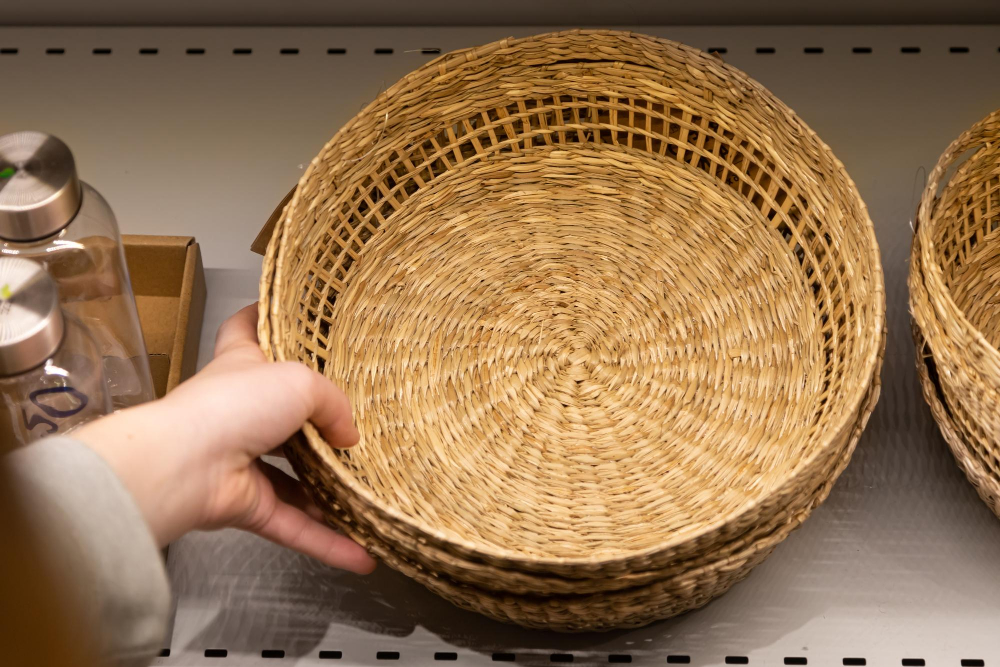
In Morocco, the handmade palm basket isn’t only utilitarian—it’s symbolic. It represents connection to the land and a deep respect for sustainability.
Palm weaving is considered an eco-friendly art, as it makes use of natural, renewable materials. The patterns often tell stories—zigzags for mountains, circles for unity, and lines for the journey of life.
Moreover, these baskets play a role in Moroccan daily life. They’re used in markets, during harvests, and even in home décor, showing how tradition meets modern lifestyle.
Women, especially in rural areas, have preserved this art as part of their social and economic empowerment. Each basket sold carries with it not just craftsmanship but independence and pride.
Traveler Stories: The Soul in Every Weave
Travelers often describe meeting Moroccan artisans as one of their most heartwarming experiences.
Take Clara, a visitor from Spain, who recalls spending a morning in Tafraoute, learning how to weave palm leaves into a small basket. “The woman who taught me didn’t speak my language,” she said, “but through the rhythm of her hands, I understood everything — patience, passion, and peace.”
These human moments remind us that the Roots of Tradition Morocco: Handmade Palm Basket is more than a souvenir; it’s a conversation between past and present, between hands and heart.
When and Where to Find the Best Handmade Baskets
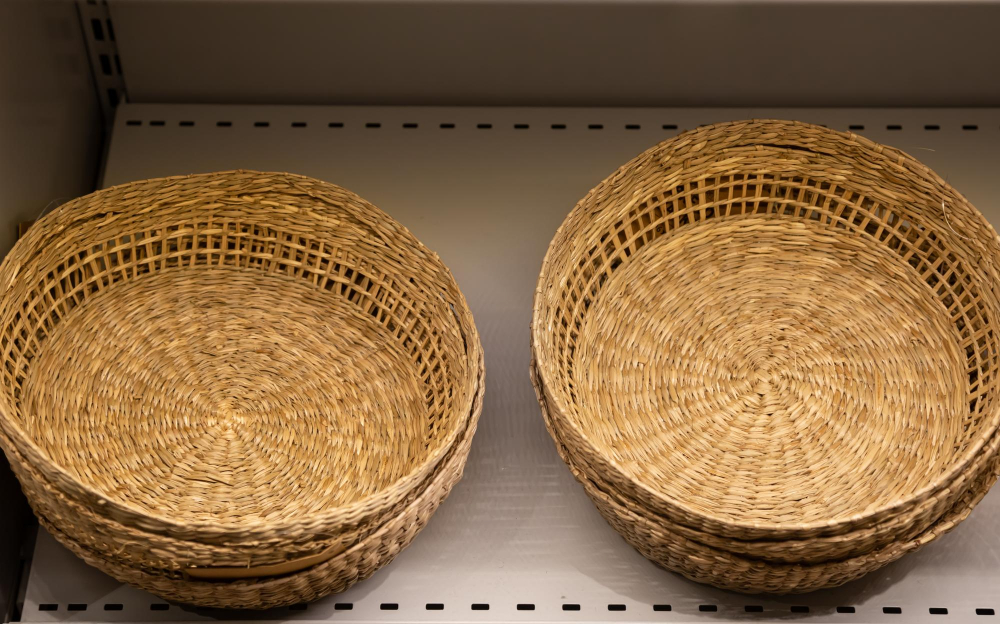
Seasonal Tips
The best time to find freshly woven baskets is during spring and early summer, when palm leaves are most pliable. Markets across Morocco, from Essaouira to Ouarzazate, bloom with artisan displays.
Festivals and Craft Fairs
If you visit during Morocco’s Handicraft Fair in Marrakech or Fes Festival of World Sacred Music, you’ll find numerous stalls showcasing traditional palm work alongside ceramics, carpets, and jewelry.
Souvenir Shopping Tips
When buying, look for even weaving, clean edges, and sturdy handles. Genuine handmade baskets have small imperfections that add character—proof of human artistry, not factory production. Always ask the artisan about their process; they love sharing their stories.
FAQ – Moroccan Palm Basket Tradition
What are Moroccan palm baskets made of?
They’re primarily crafted from dried palm leaves (doum), often combined with local grasses or colored threads for decoration.
Where can I buy authentic handmade palm baskets in Morocco?
You can find authentic ones in Marrakech, Fes, Tiznit, and smaller villages near oases. Local cooperatives offer the most genuine pieces.
Are palm baskets eco-friendly?
Yes! Palm weaving uses sustainable, biodegradable materials, making it an environmentally friendly craft aligned with Morocco’s green traditions.
Can tourists learn how to make palm baskets?
Absolutely. Many artisan cooperatives offer short workshops where visitors can learn basic weaving techniques and take home their creations.
What makes Moroccan palm baskets unique?
Each basket tells a story — of local traditions, symbols, and regional techniques. The mix of practicality and artistry sets Moroccan baskets apart from others worldwide.
Conclusion
The Roots of Tradition Morocco: Handmade Palm Basket is a story of resilience, creativity, and cultural pride. Each basket reflects the spirit of Morocco — earthy, warm, and filled with life.
When you hold one, you’re not just holding woven palm leaves; you’re touching centuries of history, craftsmanship, and care.
So next time you stroll through a Moroccan souk, pause for a moment. Listen to the rustle of palms, the laughter of artisans, and the heartbeat of tradition. That’s Morocco — woven into every strand.
Plan your journey today to experience the living art of palm weaving. Explore the roots of Moroccan heritage — one basket at a time.

